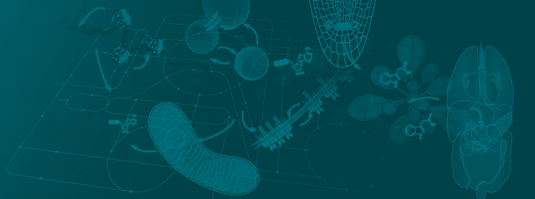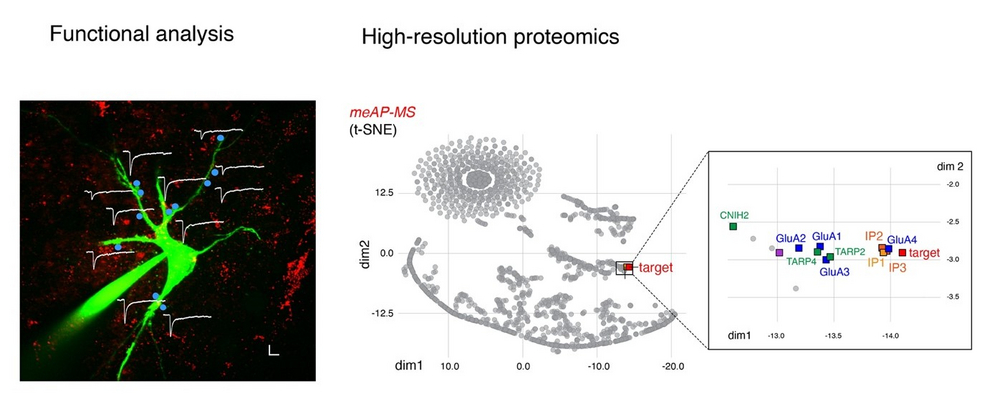Prof. Dr. Bernd Fakler (CIBSS-PI), Institute of Physiology II (Faculty of Medicine), University of Freiburg
Synapses, the sites for fast signaling between neurons and for storage of long-term memory in the brain, are operated by supra-molecular signaling assemblies located in two opposite membrane compartments, the pre- and post-synapse. Composition, functional properties and organization of these signaling assemblies display considerable variation among neurons of distinct brain regions and are assumed to reflect tuning and/or adaptation of neuronal communication to context-specific requirements. Deep proteomic analyses combined with functional recordings uncovered the subunit composition of several synaptic protein assemblies and identified a number of novel proteins that, by bridging the synaptic cleft, establish trans-synaptic networks. Despite their unquestioned fundamental importance for temporal precision and maintenance of neuronal information processing and their state-dependent tuning – the molecular details and mechanistic underpinnings of trans-synaptic networksare still largely unresolved
We analyze the composition and assembly dynamics of the trans-synaptic networks, perform detailed structural and functional characterization of the underlying protein-protein interactions and elucidate the functional significance of network constituents for precision of synaptic signalling and for activity-dependent plasticity and memory formation in the brain.






